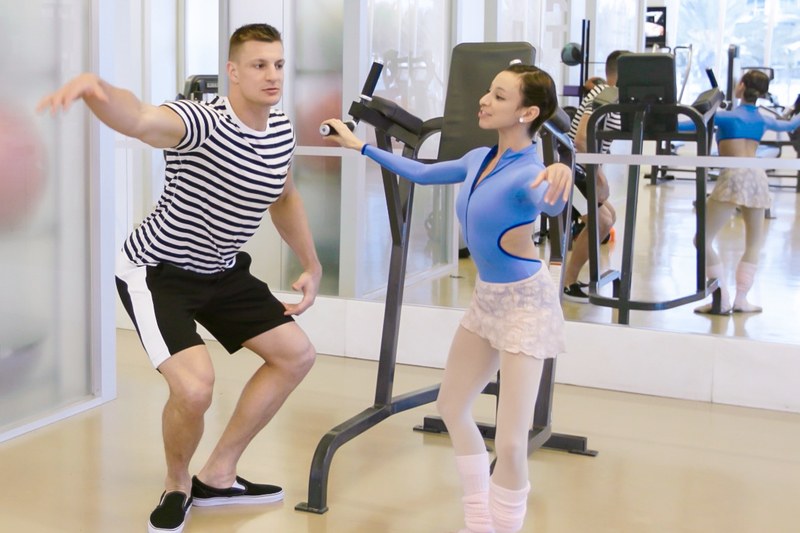 TV and movies are shape-shifting. How to ruin a critic? Make her worry about the art. And is that what happened to jazz? | Why are we fascinated by a dancing football star? And is it fair to blackmail audiences who want “Hamilton tickets?
TV and movies are shape-shifting. How to ruin a critic? Make her worry about the art. And is that what happened to jazz? | Why are we fascinated by a dancing football star? And is it fair to blackmail audiences who want “Hamilton tickets?
- So TV Is The New Movies/Movies Are The Old TV? “As digital delivery platforms morph and multiply, the nature of visual storytelling has changed and the lines that once clearly divided film from television or, for that matter, broadcast television from cable, cable from streaming, streaming from Internet, are fading, often to nonexistence.” But it’s actually more than that. Movies used to be the longform medium, TV with its half-hour blocks the shortform. No more. With companies like Netflix and Amazon dropping entire seasons of series at a time, the two have flipped. It takes commitment to binge-watch.
- Jazz Shouldn’t Be Broccoli: “Jazz is more respectable than ever, jazz has gotten entrants into universities where previously it’d have been excluded. Jazz musicians get to visit the White House or get Kennedy Center honors. These are all positive developments. But they’ve also come at a cost; in the eyes of many listeners now, jazz is perceived as a kind of cultural vitamin. Take this, it’s good for you. This counters many of the benefits of getting jazz into these institutions.” So why is it that when something goes from being popular to being an art form it has to be “good for you”? And why, when it is, does that turn off potential audiences who otherwise might love it?
- The Arts Equivalent Of Audience Blackmail? More people want to see “Hamilton” than there are seats. And as the show spreads out to tour, local theatres are trying to leverage the hottest ticket in years. “In many cities, theaters are encouraging potential patrons to subscribe to their 2016-17 seasons, even though Hamilton won’t arrive until the following season, with the promise that those who subscribe now – and then renew – will be guaranteed Hamilton tickets and can lock in their chosen subscription seats.” Howard Sherman wonders: “Is this price gouging, or the arts equivalent of blackmail? The problem is a by-product of the escalation of ticket prices for theatre everywhere. The result is that it now costs many hundreds of dollars for a single subscription to a Broadway touring series, let alone a pair for those who don’t like to see theatre alone.”
- NFL Star Tries Ballet. Evidently The Internet Was Dying To See It: First, the background: “We got Nathalia Arja from Miami City ballet to put the New England Patriots’ monster of a man through some drills that are likely not in Bill Belichick’s repertoire: the plié; the arabesque; the thing where you jump and kick your legs together.” Suffice to say it isn’t pretty. Or graceful. Just as you might expect. So is it just that people wanted to see a star athlete look silly doing something? (probably) Or does it also say something about curiosity mixing stereotypes?
- When Praise Becomes Meaningless: She became a go-to critic in the early days of blogging – the famous BookSlut. But something happened after a while. “I was shaking my pom-poms for books. However, I wasn’t doing so because I was an industry shill, shallow, or self-interested. I failed to provide meaningful criticism, information, or recommendations because I was, like so many of my colleagues, frightened about the future of books and publishing. In desperate times, the desperate tilt at windmills.” Naked truth? Most critics are fans of the art forms they write about. But when they begin to fear for the survival of their artform (as opposed to any single work or genre) they worry about damaging what they love. Thus the pulling of punches, the blunting of truth. And this is how critics lose their audience.
Leave a Reply